There’s no doubt about it, September is summer’s swan song. Despite the pleasant temperatures, the days are getting shorter, bringing with them cooler, longer nights.
The onset of Autumn sadly marks the end of the gardening year for far too many gardeners, who view it as a time to tidy up and shut down before winter arrives. However, for those in the know, Autumn actually marks one of the busiest seasons in the garden and is the perfect time to get planting plans in place for the following year.
Our gardening advice for September and indeed the next few months will lighten your workload in the spring and in many cases offer an easier start to establishing new plants in the garden.
In the flower garden
From rich, burnt oranges to fiery reds, September’s flower beds are full of vibrant blooms. So, whilst the sun is here, take the time to get outside and enjoy it. Because in a month’s time, as you dig out those heavy jumpers, the warm embrace of summer will be but a distant memory. Here are some September jobs for your flower garden.
Border tidy
Although summer is still hanging on, it’s time to look ahead to next spring. Give your borders a refresh and clear away fading summer bedding. If you’re not planting autumn flowers, such as chrysanthemums, clear weeds, add compost, and think about what to plant for the following spring. Biennial varieties such as wallflowers, foxgloves, as well as polyanthus, pansies and sweet williams can be planted.
Mixed borders can start to look unkempt this month as summer performing perennials start to wane. These plants should be cut down as they die back, restoring order and tidiness to displays. Use a knife, secateurs or shears to cut the spent stems and foliage down to the crown (base of the plant).
A mulch of garden compost or similar will help to protect the dormant crowns from winter damage. If the plant in question dies back fully, it can be fully covered with mulch. If it dies back to a basal rosette of leaves, these should be surrounded by mulch but left uncovered on top.
Any borderline hardy perennials such as penstemon, phygelius and salvia should be mulched, but their spent top growth should be kept in place until spring as extra winter protection for the crowns below.
Hanging Baskets And Patio Containers
Summer hanging baskets and patio containers will continue to run into mid-autumn if you keep up with deadheading, watering and feeding. Even plants that are starting to struggle can be given another month or so of life by cutting them back and allowing new shoots to take over.
But there will come a time when plants will have given their all, so think about what to replace. Whether it’s polyanthus or pansies, bring colour to your autumn, by freshening the soil and re-potting your hanging baskets.
If you have pots that sit outside, it’s time to raise them off the ground. Using bricks or ‘pot feet’ protects your plants by keeping them off the ground to allow the rain to drain off easily. This will also help prevent winter frosts from cracking your pots.
You may want to plant up your pots for the autumn season. Consider heather, cyclamen and trailing ivy. Place them where they can be seen, as you’ll want to see as much life as possible in your garden over the wintry months.
What Flowers Should I Sow In September?
Many flowering hardy annuals can be sown in beds and borders in September for earlier colour next year. They will establish roots and foliage this side of winter, waking up in early spring to put on a strong floral display in late spring/early summer.
Seeds should be sown in prepared, weed-free soil that has been raked level to a fine tilth. They can either be scattered (broadcast) over the area and raked in for an informal look, or the area can be divided into various patches and the seeds sown in drills for a more ordered look.
Seeds such as sweet peas, centaurea and poppies can now be sown into trays or modules. Don’t let them dry-out, and as temperatures start to drop, ensure preparations are made to see them through the colder months.
Growing Delphiniums From Seed In September
Growing delphiniums from seed is very economical and September is the ideal time to sow the seed. Modern seed-raised delphiniums are really impressive, almost as good as those raised from cuttings which can cost a fortune. And you don’t need a greenhouse. These all mature into impressive clumps at the back of sunny borders and are also dramatic cut flowers.
How Should I Sow Delphinium Seeds?
Sow up to forty seeds in a clean 9cm pot filled with fresh moist seed compost, cover the seeds with a little compost. Be sure to write a label then cover the pot with a piece of kitchen foil to keep in the moisture.
Heat is your enemy so don’t stand the pot in a greenhouse or on an inside windowsill. They’re better against a north facing wall outside. After a week, check every day for germination and remove the foil when the first few seedlings have emerged.
Don’t forget to protect your delphiniums from slugs! When individual seedlings have two true leaves (not just the pair of seed leaves) move them individually into 7cm or 9cm pots. They can stay in these pots all winter. Be sure that the drainage is good as waterlogging will kill them – and keep those slugs away. You can plant them out in spring.
Different Types Of Delphiniums
If you like to raise delphiniums in mixed colours, ‘High Society’ is our top choice. With tall spikes packed with flowers in up to six different shades, this blend of state of the art delphiniums includes two blue shades, lavender, pink and white.
In separate colours, ‘Centurion Lavender’ comes with densely packed spikes of large lavender flowers with a white “bee”, the fluffy central eye of the flower.
A more economical approach is to choose one of the old standard mixtures. ‘Pacific Giants Mixed’ is tall while ‘Magic Fountains Mixed’ is about half the height. You get much more seed for your money, but the purity of the colours and quality of the flower spikes is not up to par with the newer types.
Sowing Sweet Peas In Autumn
Here at Mr Fothergills we have a vast range of sweet pea seeds suitable for Autumn sowing. These beautifully scented blooms make dwarf hedging or can climb up trellis and are super cut flowers. We know the sweet pea has a special place amongst our gardeners’ affections and we’re delighted to offer a huge range of varieties to you. Nothing can beat the sweet pea for all round performance – garden decoration and wonderful fragrance in the garden and the vase.
All the varieties listed below can be sown this Autumn for vigorous plants which are more resilient in dry conditions, and will flower for longer with larger flowers from May onwards.
- Sweet Pea Maloy Seeds have a rather unusual apricot and orange pink reverse bicolour with large open, rounded blooms.
- Sweet Pea Showbench 8 Seeds have a wonderful blend of eight favourite, large flowered, classic Spencer showbench varieties.
- Sweet Pea Burlesque Seeds are a modern Spencer type with large white flowers marked with a stunning blue flake appearing amid contrasting lime green buds.
- Sweet Pea Twilight Seeds are a hardy annual, formula mix combining quality ‘Spencer’ types in dusky twilight shades.
- Sweet Pea Old Spice Mixed Seeds are sweetly scented, suitable for containers or climbing trellis.
Planting Spring Bulbs In September
Although it’s still too early to plant tulip and allium bulbs, amaryllis and hyacinth bulbs can be planted. By forcing their growth, you could be enjoying their colourful, scented blooms throughout the Christmas season.
Our selection of spring flowering bulbs start to dispatch through September, at the perfect time for planting for the best displays. We work very closely with our growers to ensure we offer the very best, top sized bulbs, which will provide you with a glorious spring show. All of the bulbs we offer have been trialled and tested, either on our own Suffolk trials ground or on those of our growers, to ensure we offer the best range for British gardens.
Bulbs are one of the best value investments for the garden, returning year on year with the absolute minimum of upkeep and care. Simply plant this autumn for years of bold spring colour in borders, containers, lawns, rockeries – these versatile garden additions will pretty much grow anywhere you plant them. Daffodils, crocuses, bluebells and lily bulbs are popular bulbs for a pop of colour in spring.
For the best performance choose a sunny to partially shaded location in any moist but free-draining soil. Plant them straight into the ground, at a depth of three times their height, or pot them up in containers.
Planting Perennials, Trees & Shrubs In September
September is a perfect month for planting out new container grown perennials, trees and shrubs. Soils retain some of their summer warmth through the month but moisture levels are on the rise thanks to the autumn rain.
This creates the perfect conditions for early root establishment and also reduces the level of watering needed during the critical early stages of establishment. Watering may be needed in prolonged dry spells next year, but winter wet will have done a large part of the settling in process for you.
If perennials are past their best, dig them up, divide and re-plant. Not only are you invigorating the clump, but you’ll get more flowers next season. Ensure these plants are watered-in and mulched. For plants, such as dahlias, continue to deadhead and tie-in.
Another way to increase plant stock is to take cuttings. Tender perennials, such as penstemons, salvias and fuchsias are ideal for this. Once potted up, they’ll quickly establish a healthy root system. Ensure they’re placed in a sunny, frost-free protected area. Overwatering, or keeping them somewhere damp may lead to dampening off, so check on your cuttings regularly.
Bringing Colour To Your Winter Garden
Our winter and spring bedding hardy plants have all been selected to guarantee winter and spring colour in borders, baskets and patio containers. Stunning on their own or mixed together, our pansies, violas, primroses, bellis daisies, wallflowers, and forget-me-nots all offer effortless colour for the colder months of the year.
Plant by variety, or mix together for a kaleidoscope of colour. All our bedding plants work perfectly with spring flowering bulbs too. As you plant your beds and borders add a bulb in between each plant for extra height and colour come spring.
September Jobs In Your Vegetable Garden or Allotment
Autumn brings gardeners a bountiful harvest of beans, carrots and potatoes and autumn raspberries are tantalising with their juicy ripeness. If you look beyond the foliage, Halloween pumpkins are making their growing presence felt, ready to take their turn in the spotlight.
There is a range of hardy vegetables that can be sown this month for overwintering and early cropping next spring. If you are looking to avoid empty veg patches through winter, make sowings of the following in coming weeks: winter lettuce, corn, salad, turnips, spring onion, broad beans, spinach, and Oriental vegetables including Choi Sum and Pak Choi.
You can also make the last sowing of quick-cropping summer vegetables including radish, spinach and pak choi. If autumn arrives fast in your area, these can be sown in containers and brought under cover when the first frosts threaten.
Which Vegetables Should Be Harvested In The Autumn?
- Squashes and pumpkins will be plumping and colouring. Once their vines are cracked and withered, you can harvest them. Leave them somewhere dry and bright for a few days so their skins can harden off. Stored correctly, these could last well into next spring.
- Lift any remaining onions now before the weather turns for the worse. Once lifted, shake off any loose soil and leave them to dry for a week or two. Either somewhere dry and bright outside, or in a greenhouse. These then can be hung and stored to use when you’re ready.
- Keep harvesting vegetables such as courgettes and marrows and they should continue producing right up until October.
- By now, most tomato plants will have exhausted themselves, so pick any remaining fruit and dispose of plants. If you have green tomatoes, place in a paper-lined shoebox with a ripened banana and keep them somewhere warm. Check regularly and, once reddened, remove. Failing that, green tomatoes make an excellent chutney.
Planting Out Spring Cabbage Seeds
Spring cabbage seedlings sown in July and August should now be large enough to plant out. Soils should be improved ahead of planting by adding well-rotted manure or garden compost. Cabbages prefer a firm soil, so tread over the area and rake flat before planting. Set out in rows leaving 30-45cm between each plant and row.
Planting Asparagus In The Autumn
September is a key month for establishing new asparagus crowns. They perform best in well-drained fertile soils, rich in organic matter. Crowns should be set out in long trenches, 20cm deep and 30cm wide. Fill the bottom of the trench with a 7.5cm mounded layer of compost and soil. Place the asparagus crown on top of the ridge, draping roots over the sides. Cover with another 7.5cm of soil, firm down and water. As growth commences next spring, gradually fill in the remainder of the trench as the spears develop.
Established plants should be cut down to the ground as soon as the foliage has browned. With easier access to the soil, the area should be thoroughly weeded and a good layer of mulch applied afterwards.
Planting Onions, Shallots And Garlic
September is a great time to plant onions, shallots and garlic as the soil is still warm and the long days give high light levels. Overwintering your alliums will allow them to develop strong root systems to see them through the winter, ready to burst into life in early spring. Our tried and tested varieties are guaranteed to produce fantastic yields of flavoursome and tender crops.
Onions, shallots and garlic should be set out in rows, in firm, free-draining soil in full sun. Soils should be improved ahead of planting but avoid setting them on freshly manured soil. Leave 10cm between each bulb and 30 cm between rows. The bulbs (or sets) should be planted with the tip of the bulb just showing above the soil surface.
September Jobs In The Greenhouse/ On The Windowsill
With your tomatoes, cucumbers, chillies, peppers, aubergines, and melon now spent, it’s time to clean your greenhouse, polytunnel or cold frame. Dispose of old plants, and remove all pots and containers as they can be protecting pests. Ensure all glass is cleaned with warm soapy water. Also, clean the greenhouse floor, as potential pests and diseases could still be lurking.
If you’re planning to grow anything in the next few months, then your greenhouse will need as much light and warmth as possible. Pack away any shading you put up during the summer months. Carry out any maintenance needed, clean leaves from guttering (including downpipes and water butts), and test greenhouse heaters.
Once you’ve cleaned your greenhouse, consider sowing a crop of hardy lettuce or spinach for the colder months. Consider lamb’s lettuce or miner’s lettuce. These varieties can either be directly sown into the ground, or if you’re waiting for a bed to be freed up they can also be sown into module trays. Both kale and broad beans can also be sown.
Which Plants Should I Bring Into The Greenhouse For Overwintering?
Towards the end of September start to bring prized tender plants under cover of the greenhouse to keep them frost free through winter. Many summer bedding plants can be overwintered this way, leading to bigger and better displays the following year. Try it with fuchsias, begonias, geraniums, petunias and marguerites. Water sparingly until spring, but ensure good light levels by washing off shade paint and removing shade netting.
If there is no space due to winter performing bedding displays, hardy annuals can be started off under cover and then hardened off for overwintering in a cold frame or unheated greenhouse for planting out in spring.
Which Bulbs Should I Pot Up In September?
For early indoor displays of your favourite spring flowering bulbs, pot up tulips, daffodils and hyacinths this month and leave them outside for six weeks or so. Then bring them into the greenhouse to encourage early growth. As soon as flower buds develop the pots can be brought into the house for spring colour in the middle of winter.
Growing Vibrant Poppies
Annual poppies are enjoying renewed popularity these days. They’ve always been easy to grow, amazingly colourful and enjoyably inexpensive but some recently introduced new varieties have caught our attention and we’ve also begun to appreciate how they help knit borders together if they’re allowed to self sow.
And here’s the thing. When they self sow, seed falls from the pods in late summer and early autumn and some of it, at least, germinates fairly soon. In fact it germinates in plenty of time for the young plants to form a nice rosette of foliage before the winter. The same is true of two other hardy annuals that I talked about here at this time last year: cornflowers and larkspur.
So at least some poppy seed germinates in time to produce sturdy winter-resistant rosettes that will flower prolifically next summer. We should follow the same idea and sow the seeds soon.
How To Sow Your Poppy Seeds
All you need to do is loosen a few patches of soil with a hand fork, in relatively open parts of a sunny border, and scatter a few seeds. Then just work the hand fork though the area lightly so they’re not all sitting on the surface. Or you can simply drop pinches of seed here and there and leave it at that. Simple.
September Jobs In The Fruit Garden
- Apples and pears are now ripe for harvest. If you’re not planning to use them straight away, place on dry sand in a paper-lined box, ensuring no piece of fruit is touching. Store them somewhere cool and dark, such as a pantry or cellar, and check every so often to make sure none have spoilt.
- Summer raspberry canes should be cut down to the base and mulched. Tie- in any remaining canes. Autumn raspberries, on the other-hand, will keep producing right up until the first frost, but the key is to keep picking.
- If you’re hoping to grow more strawberries next year, then now’s the time to plant. Whether they’re newly bought plants, or runners from your own plants, get them in the ground. If your strawberry runners have been established, cut away from the main plant and move to their final growing positions. With the ground still warm, and the temperatures mild, this will give them enough time to get established.
Pests And Diseases In September
Keep vigilant this month, your harvest-ready vegetables and ripening fruit will be a calling card for various pests. One culprit is the wasp. It won’t take him long to damage and spoil your crop. Hang wasp traps in your trees and bushes.
However, as wasps are also beneficial for your garden (they eat aphids, caterpillars and other pests as well as being good pollinators), you may want to consider a more humane way to deter them. One option is to cover your crops with fine netting or mesh.
September - The Month Of Change
With the sun setting a little earlier each day, September is the crossroads month. We may still enjoy those warm days and orange glow sunsets, but the nights are drawing in and the temperatures are dropping. It’s a month of change.
As the saying goes, ‘make hay while the sun shines’, which means we need to get out there and harvest. In a few weeks, the warmer weather will be no more than a distant memory, and autumn will be snapping at our heels.

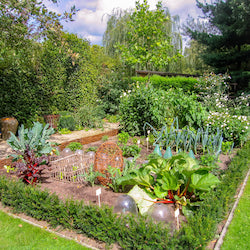
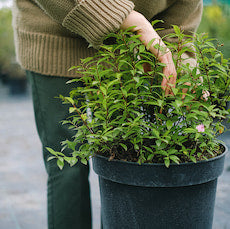
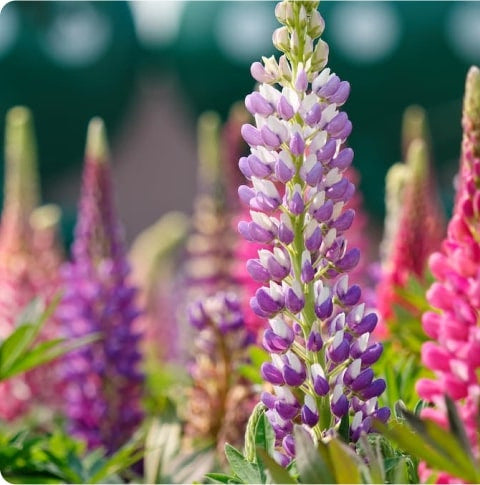


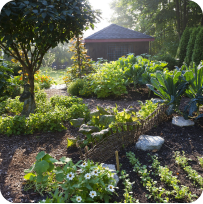





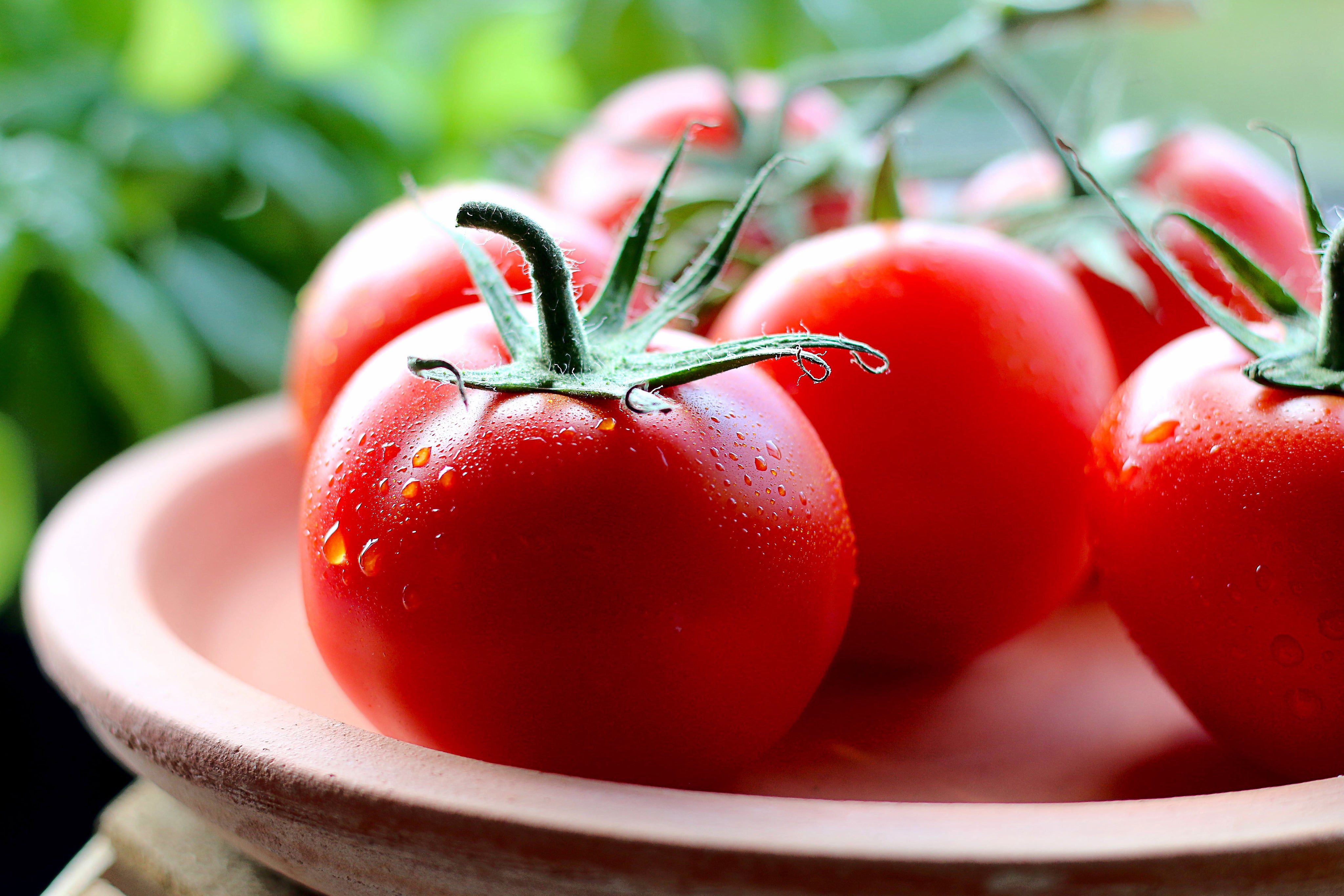

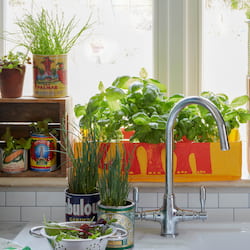
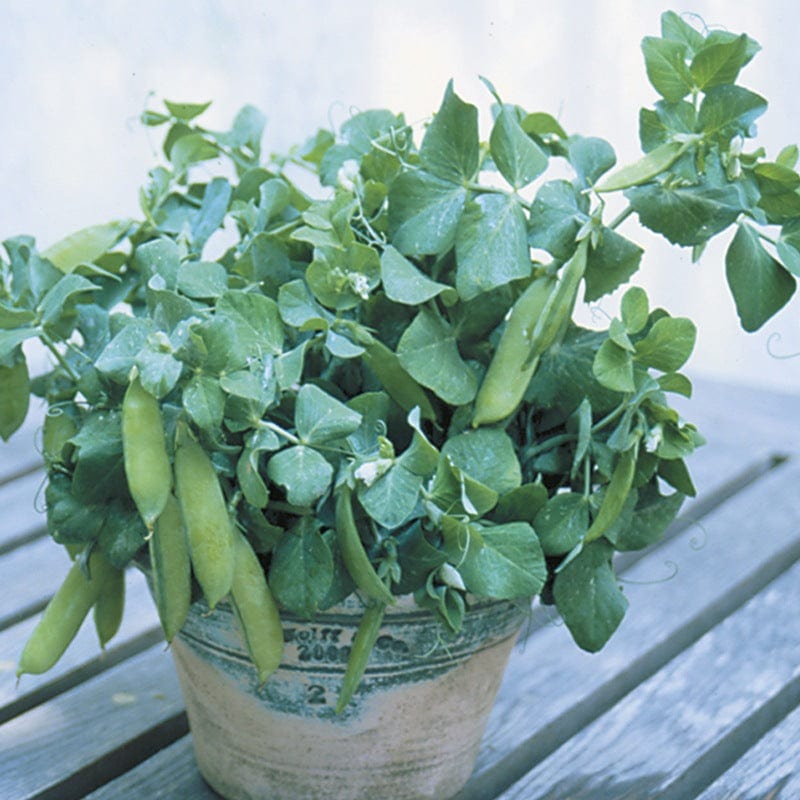


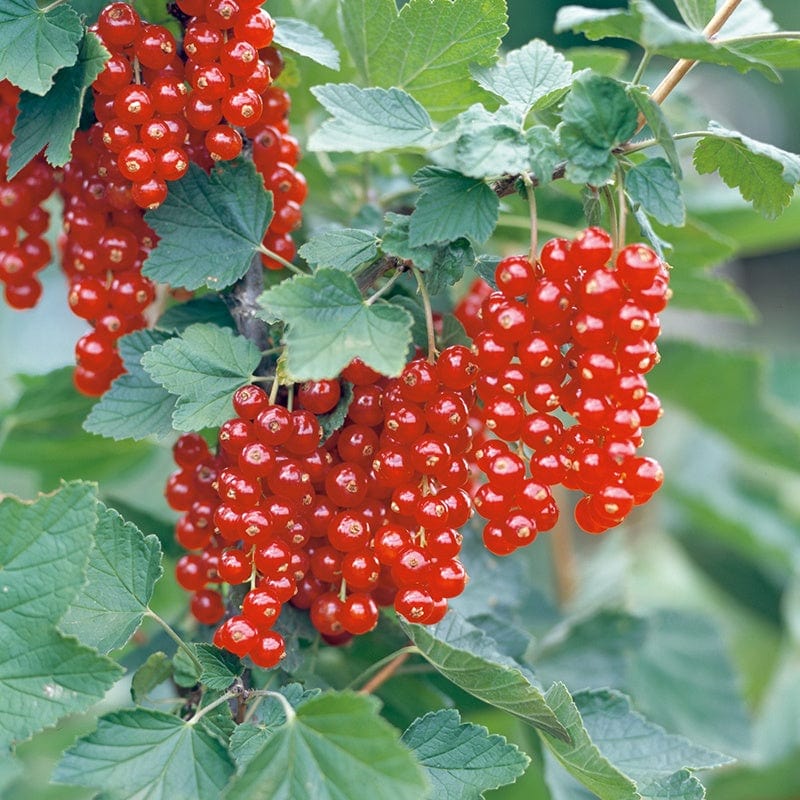
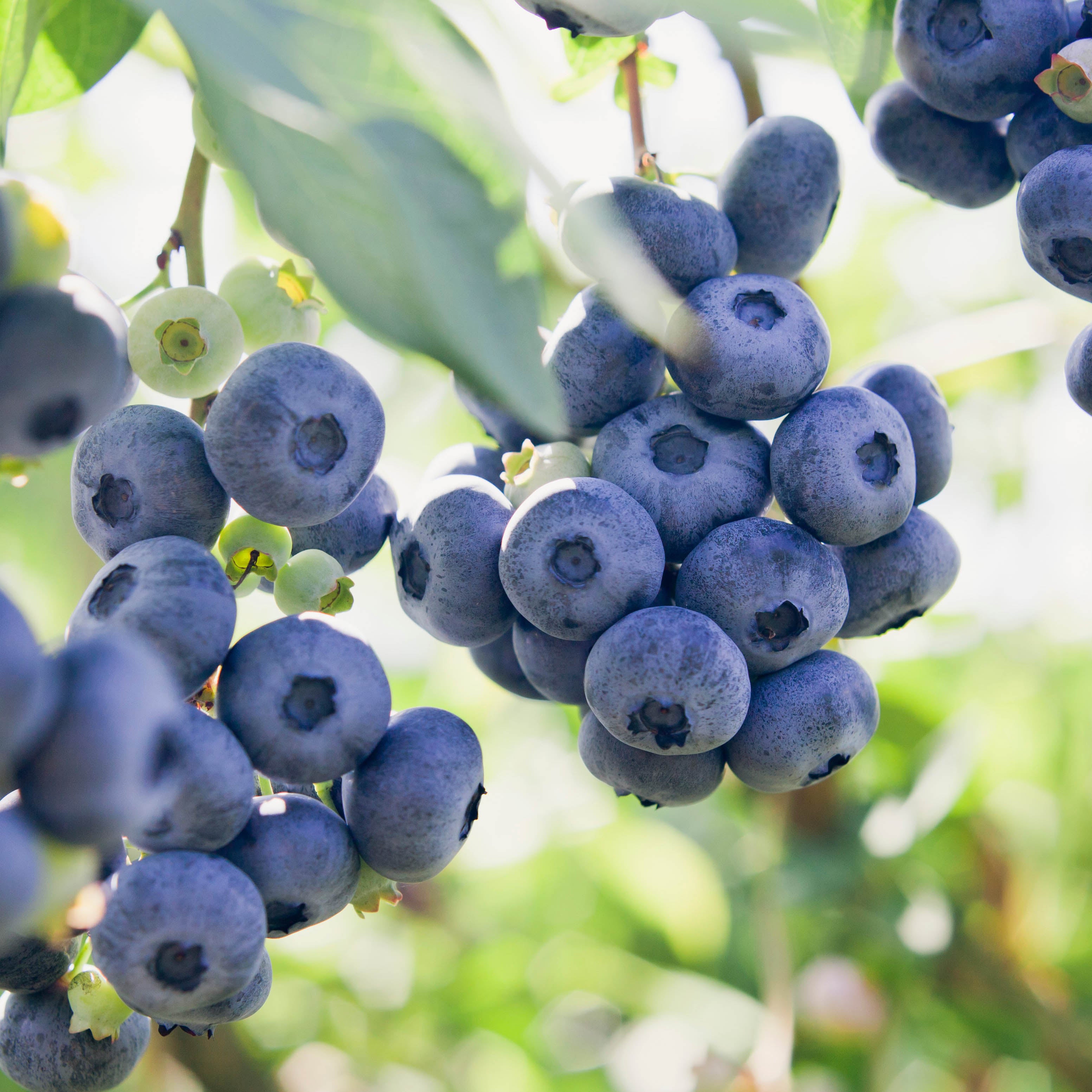
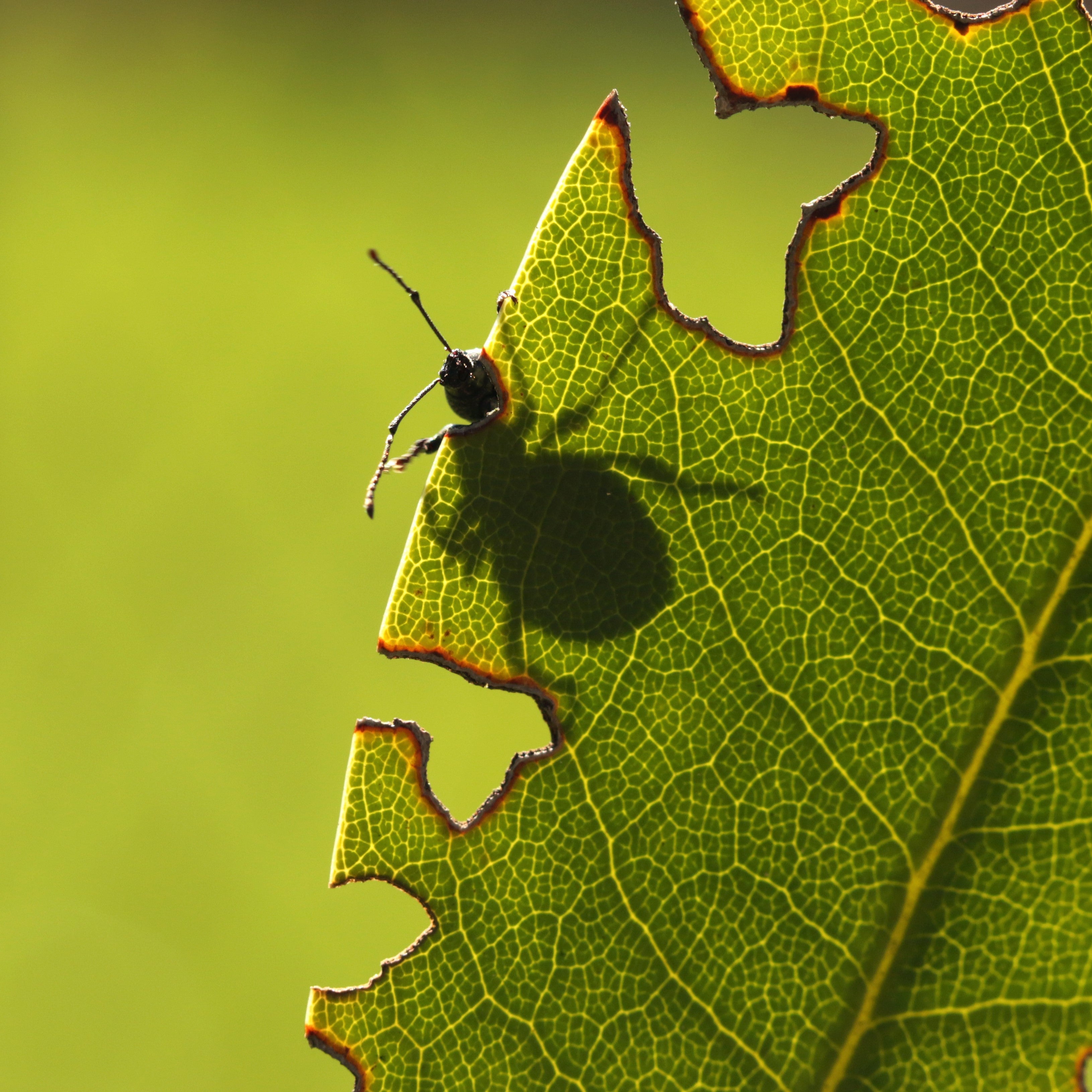

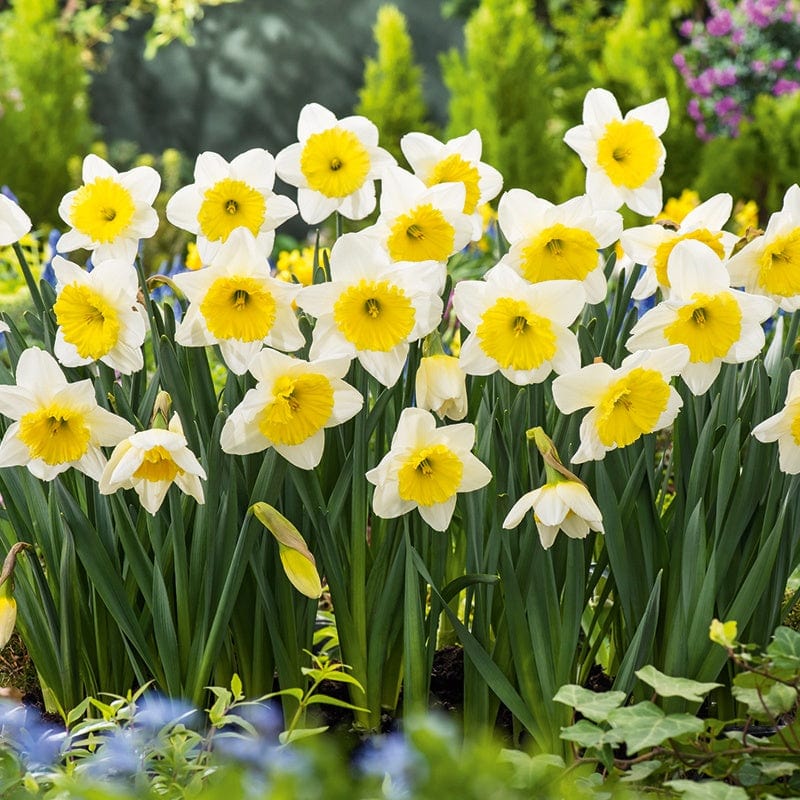
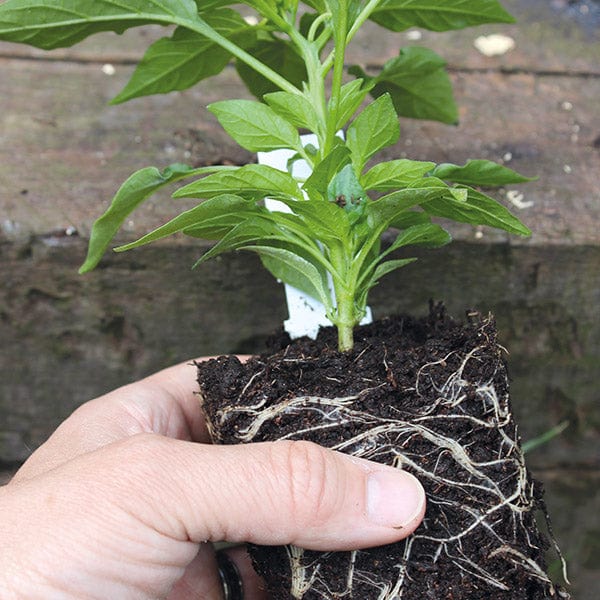
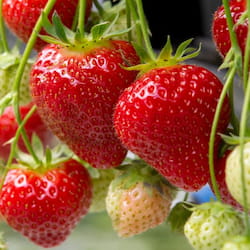
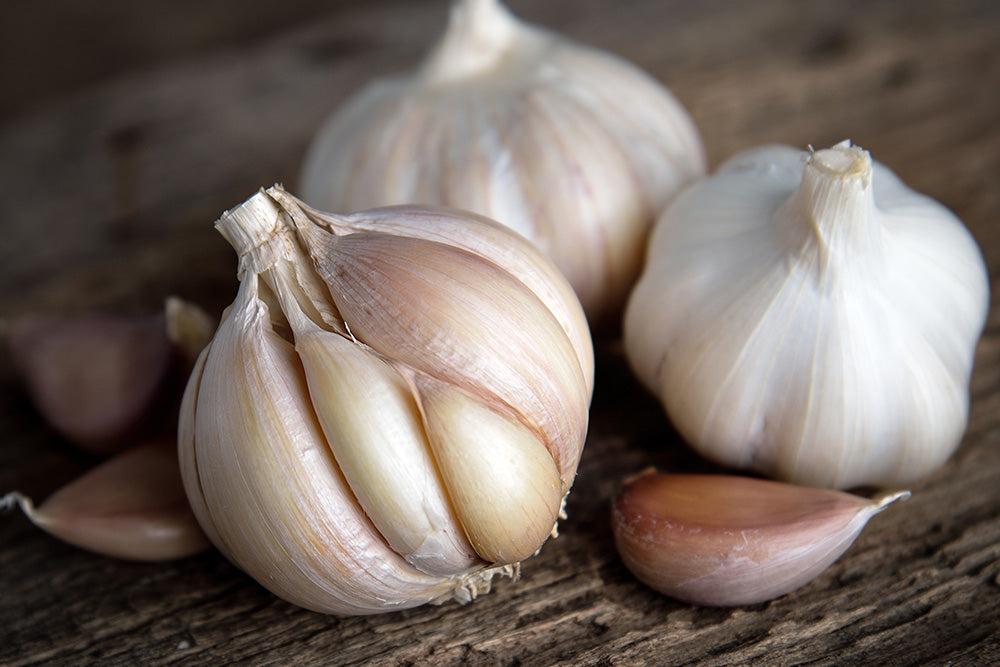
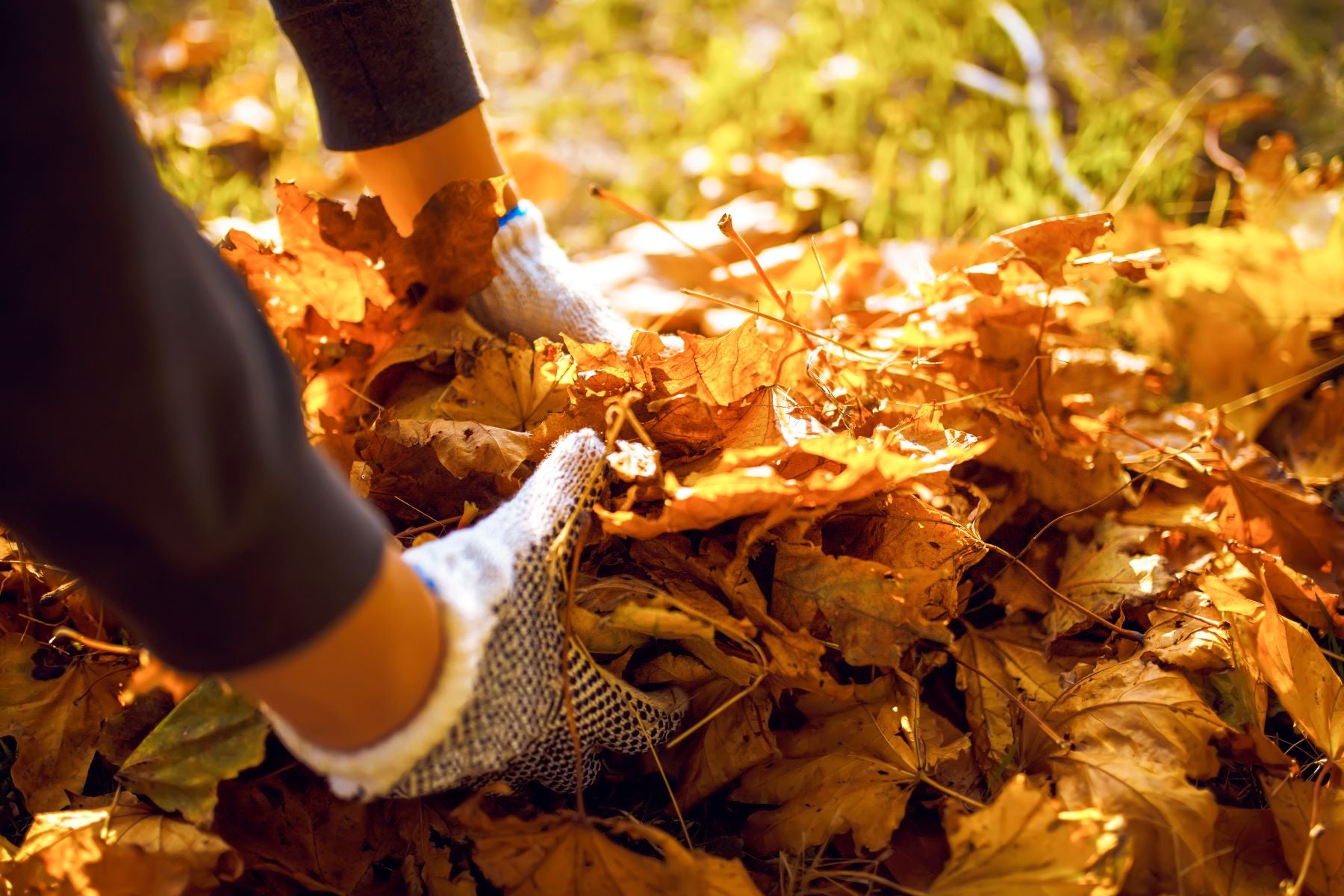

Leave a comment
All comments are moderated before being published.
This site is protected by reCAPTCHA and the Google Privacy Policy and Terms of Service apply.